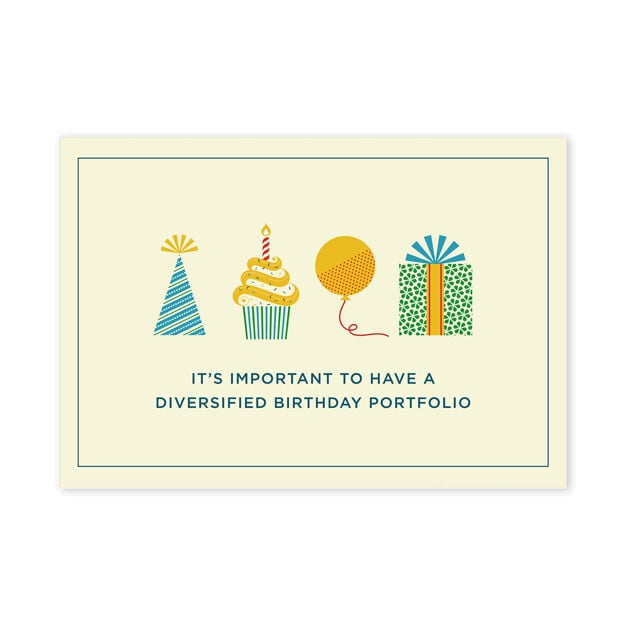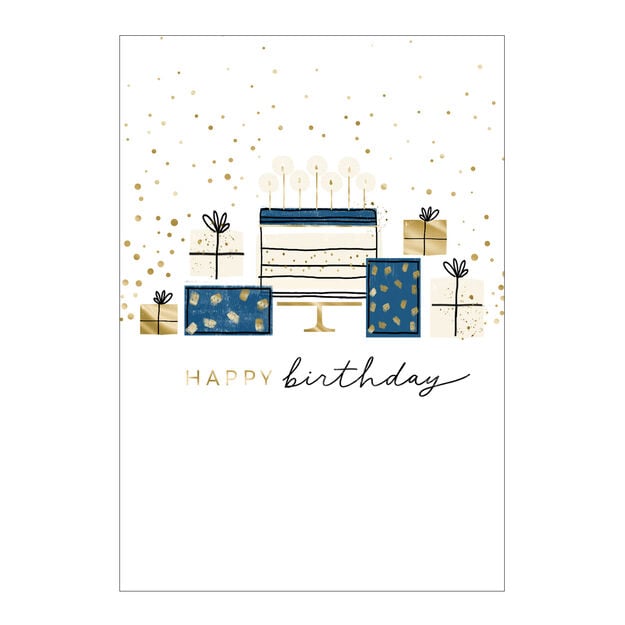6 Steps to Writing a Great Personal Note in Business
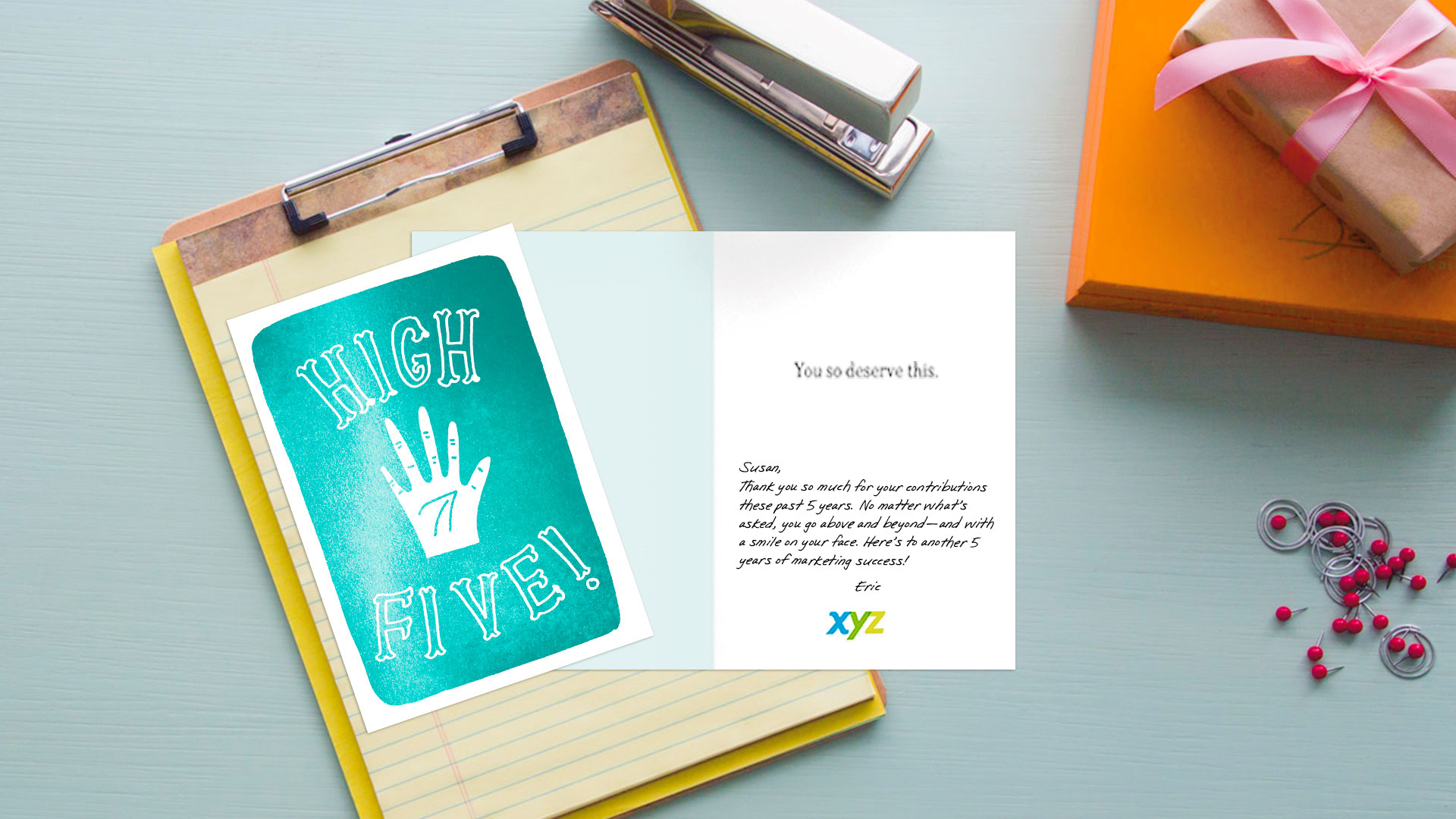
In this digital age where email and text messaging are king, simple, old-fashioned personal notes have become quite the rarity.
It’s a shame. For one, these “niceties of the past” are universally appreciated. When was the last time someone became upset over a kind, handwritten personal note?
Personal notes show thoughtfulness. For the person writing it, he or she must put in the time and effort to transcribe a considerate message. Personal notes also demonstrate sincerity and originality. In other words, they come from the heart. No copy and paste here!
We realize, though, that some people may struggle to put pen to paper. And that’s perfectly okay. Finding the right words or suffering from a bad case of writer’s block happens. But there is hope, thanks to Hallmark writers Angela Ensminger and Keely Chace.
The two outlined six key steps to putting together the perfect note for a friend, businesses associate or customer, regardless of the situation in their book, “Note-Worthy: A Guide to Writing Great Personal Notes.”
We combined Ensminger’s and Chace’s advice with our own business-focused recommendations to bring you these six steps to writing a great personal note in business.
STEP 1: Greet the recipient—one line that lets the recipient know the personal note was written just for him or her
Always greet the recipient of the personal note by his or her name, so there’s absolutely no question that the note was written specifically for them.
Another no-brainer? Make sure their name is spelled correctly. You also want to avoid ever addressing the recipient simply by “Sir,” “Madam,” or “To Whom it May Concern,” even in business. It’s just not personable and makes your customers or employees feel like a number, not like a valued part of the company.
STEP 2: Clearly state why you are writing—simple and straightforward reason for the personal note
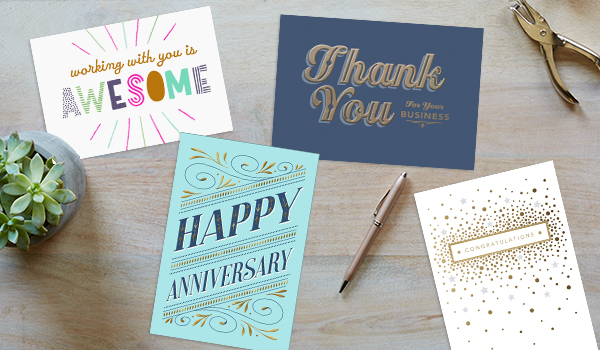
Give your notes some real substance and let the recipient know the reason behind it. We suggest selecting a Hallmark card with a cover that states why you’re sending the card, and then tying up any loose ends in your personal note.
Some examples might include:
Congratulating employees for their work anniversaries
Thanking customers for their business
Congratulating colleagues on big achievements
Expressing sympathy to co-workers or customers
Celebrating big promotions
Welcoming (or welcoming back) coworkers or customers
Wishing happy holidays
Thanking customers for referrals
Thanking potential employers after job interviews
STEP 3: Elaborate on why you are writing—let your personality shine through to make your personal note distinguishable

This is your chance to show your individuality and speak from the heart—even in business! No one likes a note that sounds as if it’s copied and pasted from somewhere else. When writing your handwritten note, be yourself and let your true character show. If you’re more professional in your business relationship, keep it formal. But if you’re more casual and laid back, have some fun with your note.
STEP 4: Build the relationship—let the recipient know you appreciate the relationship now as well as in the future
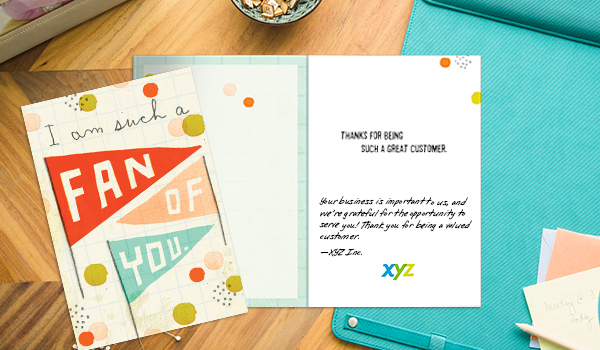
Whether it’s a coworker, employee, customer or prospect, everyone likes to feel valued. In the workplace, appreciation goes a long way when it comes to retention, morale and work ethic. When customers feel valued, they tend to remain loyal to a company’s service or product. This can also lead to referrals.
STEP 5: Restate why you are writing—bring the note full circle to end where you began
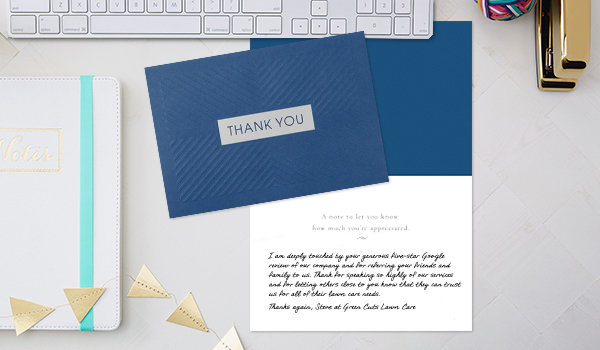
This is not about sounding like a broken record. It’s about re-emphasizing your note’s intent. To avoid sounding repetitive, try to find a different way to restate the reason for your note. Here’s an example:
Beginning of note:
I am deeply touched by your generous 5-star Google review of our company and for referring your friends and family to us.
Ending of note:
Thank you for speaking so highly of our services and for letting others close to you know that they can trust us for all of their lawn care needs.
STEP 6: Give your regards—tone can vary from business to personal
You’ll need to use your judgment with this step. For example, the regards you give to a friend or family member will likely be different from that of a coworker or customer. After bringing the note full circle, end with a heartfelt sentiment followed by your signature.
Common words or phrases like: “Sincerely,” “Best regards,” “Take care,” etc., are all ways to show your regards. They’re short, sweet and to the point. Of course, you don’t have to use those traditional closing lines. Other suitable ways to end a note include:
Example: Cheers, John Doe
Example: Cordially, Annie Holmes
Example: Thinking of you, Mark Andrews
Bottom line, there is no wrong way to give your regards. Just don’t forget to do it! It adds the finishing touch to your personal note.
A Final Note
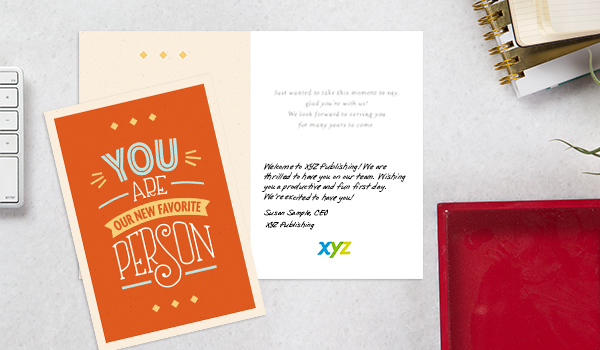
As experts in understanding how businesses create and strengthen healthy, rewarding and enduring relationships, we at Hallmark Business Connections encourage you to use Ensminger’s and Chace’s tips (plus a few of our own!) when writing your own personal notes for business.
In this Article
-
STEP 1: Greet the recipient—one line that lets the recipient know the personal note was written just for him or her
-
STEP 2: Clearly state why you are writing—simple and straightforward reason for the personal note
-
STEP 3: Elaborate on why you are writing—let your personality shine through to make your personal note distinguishable
-
STEP 4: Build the relationship—let the recipient know you appreciate the relationship now as well as in the future
-
STEP 5: Restate why you are writing—bring the note full circle to end where you began
-
Beginning of note:
-
Ending of note:
-
STEP 6: Give your regards—tone can vary from business to personal
-
A Final Note
Products
Similar Articles


